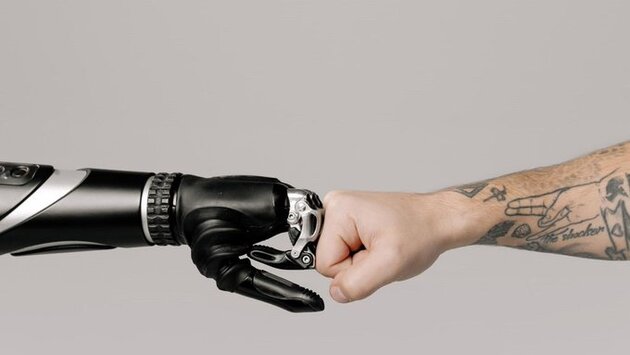

Humanoid robots are about to become the new smartphones of our lives. Just like the first iPhone seemed like a novelty, humanoid robots are entering homes and workplaces as futuristic curiosities—but their potential is enormous. From assisting with chores to providing companionship and workplace productivity, these robots could soon be as indispensable as the devices we carry in our pockets today.
Imagine waking up to a robot that manages your schedule, prepares your morning coffee, and even helps with learning or health monitoring. Early adopters are already seeing benefits in sectors like hospitality, retail, and healthcare. With real-world pilots underway, humanoid robots are steadily moving from experimental tech to practical everyday tools. Their integration could redefine convenience, productivity, and human interaction.
While initial models are costly, mass production and competition are driving prices down, much like smartphones a decade ago. Analysts predict that by 2050, one billion humanoid robots could be in circulation, transforming accessibility and making them an everyday necessity. Companies investing in humanoids today are positioning themselves to lead in this trillion-dollar market.
Humanoid robots are not just gadgets—they’re poised to become central to how we live and work. Experts anticipate that these robots will handle tasks we now consider routine, from childcare assistance to office support. As the technology evolves, they could seamlessly integrate into homes and workplaces, just as smartphones did, shaping a society where robots and humans collaborate closely.

𝗦𝗲𝗺𝗮𝘀𝗼𝗰𝗶𝗮𝗹 𝗶𝘀 𝘄𝗵𝗲𝗿𝗲 𝗿𝗲𝗮𝗹 𝗽𝗲𝗼𝗽𝗹𝗲 𝗰𝗼𝗻𝗻𝗲𝗰𝘁, 𝗴𝗿𝗼𝘄, 𝗮𝗻𝗱 𝗯𝗲𝗹𝗼𝗻𝗴. We’re more than just a social platform — from jobs and blogs to events and daily chats, we bring people and ideas together in one simple, meaningful space.

Comments